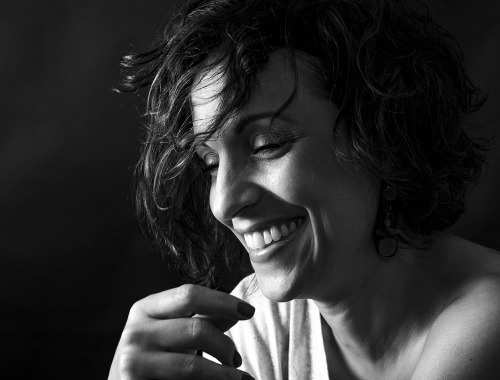Il ritratto ambientato
Il ritratto ambientato, per definizione, «è quel tipo di ritratto in cui un soggetto, inserito in un dato contesto, vi entra in rapporto. In questo tipo di immagine entrambi questi elementi, contesto e soggetto, concorrono a definire il senso e la profondità dell’immagine»*.
Il soggetto è l’elemento principale della scena, la quale non funge solamente da sfondo descrittivo dell’immagine, ma è parte integrante e narrativa del racconto, quindi avremo:
- Soggetto: protagonista principale;
- Sfondo: coprotagonista.
Protagonista principale abbiamo un soggetto di cui si vuole raccontare la vita, le vicende, il mestiere, il ruolo che ricopre nella società; coprotagonista, l’ambiente che contestualizza il soggetto, che fornisce una serie di informazioni e marca ancora di più il racconto che vogliamo far passare.
Il ritratto di per sè racconta di una persona, la definisce nel suo essere e ne delimita i tratti somatici (non scendiamo nei particolari di contesti in cui la figura umana non si può mostrare e via dicendo): nel ritratto facciamo trasparire le emozioni del soggetto. Nel ritratto ambientato approfondiamo il racconto e contestualizziamo queste emozioni, questa figura e il perché l’abbiamo fotografata.
E’ un genere che si avvicina alla street photography per la spontaneità in cui vengono ritratti i soggetti e poiché viene eseguito per la maggior parte dei casi con luce ambiente, ma non è legato obbligatoriamente a quest’ultimo genere perché il ritratto ambientato può essere anche guidato, studiato a tavolino e composto in ogni suo dettaglio. Importante è che soggetto e contesto parlino la stessa lingua, ovvero che il soggetto sia ben integrato nel suo ambiente. Facile è inserire una nota stonata nel caso di ritratto ambientato controllato, non riuscire, quindi, a veicolare il messaggio con chiarezza.
Il soggetto e l’ambiante che lo circonda devono entrare in sintonia e, per questo motivo, molti fotografi che ritraggono persone influenti e famose lo fanno nel luogo che loro chiamano casa: la familiarità del luogo permette di trasmettere l’emozione del soggetto in modo più veritiero.
Non posso, in questo caso, non citare uno dei primi fotografi di ritratto ambientato: Arnold Newman che ha fotografato, oltre a presidenti americani, anche Marylin Monroe, Picasso, Dalì, Andy Warhol. Newman ha voluto raccontare la vera essenza della personalità di molte persone influenti e andar oltre il loro ruolo istituzionale o artistico: li ha inseriti nel loro contesto, li ha fatti diventare contesto e parte di un’immagine che parla spontaneamente dei loro sentimenti, della luce che li ha portati a divenire bellezza naturale nel mondo.
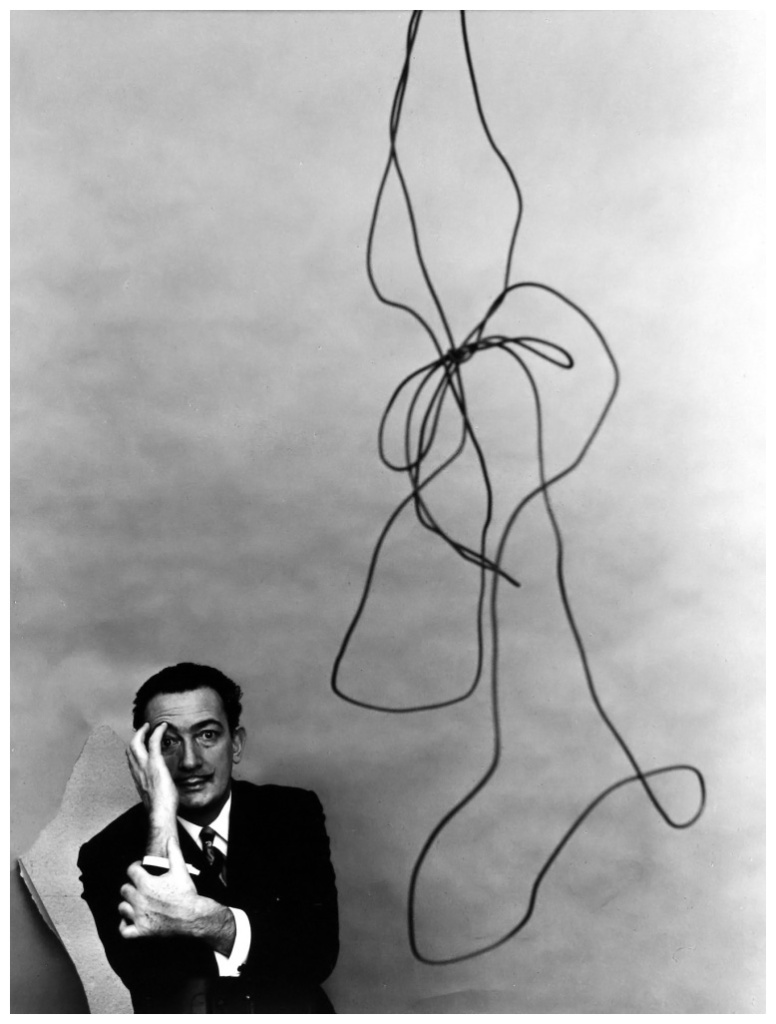
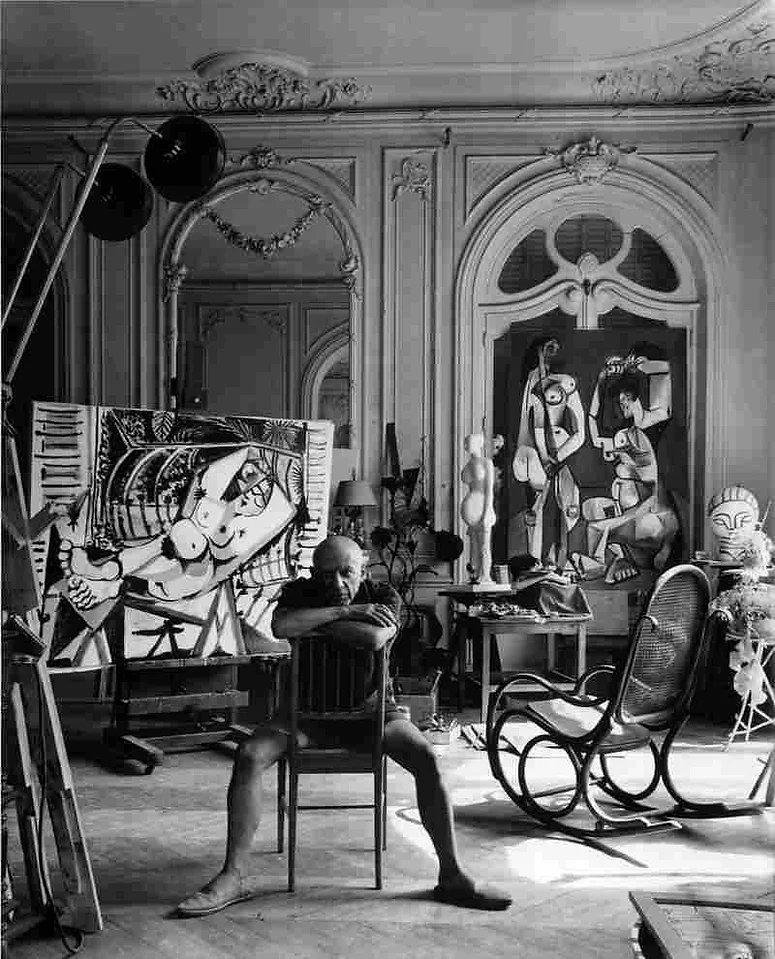
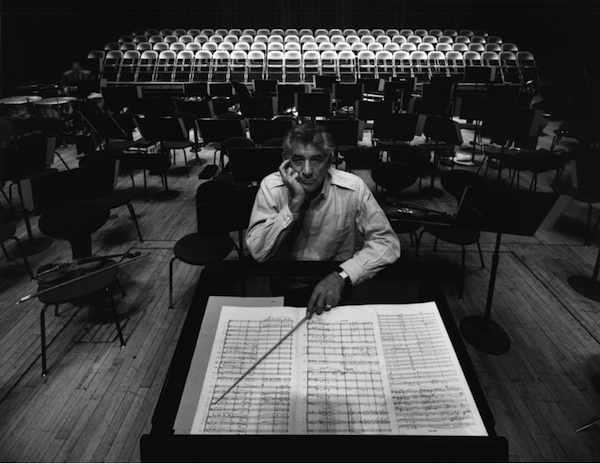
RITRATTO AMBIENTATO PROGETTATO
Come abbiamo accennato poche righe più sopra, il ritratto ambientato può anche essere progettato (ho detto controllato perché lo trovo più coerente come contrario alla parola spontaneo n.d.a.): In questo caso dobbiamo rifarci più o meno alla stessa progettualità che si deve effettuare per il portfolio fotografico: dall’idea alla messa in opera fino alla divulgazione della fotografia.
Parliamo di coerenza del racconto, di precisione nel dettagli e meticolosità nella progettazione. Prendere appunti, non lasciare nulla al caso, effettuare sopralluoghi ove necessario, capire le luci che servono per dare la giusta atmosfera, dove e come posizionare il soggetto. Infine, selezione dello scatto che rappresenta maggiormente la nostra idea, eseguire una postproduzione che enfatizzi il messaggio e scegliere il supporto più adeguato al nostro scopo.
Il nostro scopo potrebbe essere quello di doverlo esibire a una mostra, la pubblicazione di un libro che ha per tema i ritratti ambientati di diversi personaggi, internet e social vari.
Non frenate la vostra immaginazione però: il soggetto potrebbe anche rappresentare l’opposto di quello che è nella realtà e, con fantasia e immagina, farlo vestire e vivere in un contesto che rappresenta una rottura con la sua vita reale.
Il ritratto ambientato è il racconto di un’emozione. Emozione del soggetto, del fotografo e del lettore. E’ sentimento, è passione, naturalezza, spontaneità. E’, badate bene, tutto questo racchiuso in una cornice limitata attraverso cui estendere il racconto con la sola fantasia e curiosità.
Di seguito il link dove ho preso la definizione che mi è sembrata più appropriata al genere del ritratto ambientato.
ENGLISH VERSION
Set Portrait
The environmental portrait, by definition, «is that type of portrait in which a subject, placed in a given context, enters into a relationship with it. In this type of image both these elements, context and subject, combine to define the meaning and depth of the image”*.
The subject is the main element of the scene, which not only acts as a descriptive background of the image, but is an integral and narrative part of the story, therefore we will have:
Subject: main protagonist;
Background: co-star.
The main protagonist is a subject whose life, events, profession and role he plays in society we want to tell; co-protagonist, the environment that contextualizes the subject, which provides a series of information and even further marks the story we want to convey.
The portrait in itself tells about a person, defines him in his being and delimits his somatic features (we don’t go into the details of contexts in which the human figure cannot be shown and so on): in the portrait we let the emotions of the subject shine through . In the set portrait we delve into the story and contextualize these emotions, this figure and why we photographed it.
It is a genre that is similar to street photography due to the spontaneity in which the subjects are portrayed and because it is performed in most cases with ambient light, but it is not necessarily linked to the latter genre because the environmental portrait can also be guided, studied and composed in every detail. It is important that the subject and the context speak the same language, that is, that the subject is well integrated into his environment. It is easy to insert a discordant note in the case of a controlled environmental portrait, thus failing to convey the message clearly.
The subject and the environment that surrounds him must be in harmony and, for this reason, many photographers who portray influential and famous people do so in the place that they call home: the familiarity of the place allows the emotion of the subject to be conveyed in a more truthful.
In this case, I cannot fail to mention one of the first environmental portrait photographers: Arnold Newman who photographed, in addition to American presidents, Marylin Monroe, Picasso, Dalì, Andy Warhol. Newman wanted to tell the true essence of the personality of many influential people and go beyond their institutional or artistic role: he inserted them into their context, made them become context and part of an image that spontaneously speaks of their feelings, of the light which led them to become natural beauty in the world.

Salvador Dalì – Arnold Newman 1951


DESIGNED SETTING PORTRAIT
As we mentioned a few lines above, the set portrait can also be planned (I said controlled because I find it more coherent as opposed to the word spontaneous): In this case we must refer to more or less the same planning that must be carried out for the portfolio photographic: from the idea to the implementation up to the dissemination of photography.
We are talking about coherence of the story, precision in details and meticulousness in planning. Take notes, leave nothing to chance, carry out inspections where necessary, understand the lights needed to give the right atmosphere, where and how to position the subject. Finally, selecting the shot that best represents our idea, carrying out post-production that emphasizes the message and choosing the most suitable support for our purpose.
Our aim could be to have to exhibit it at an exhibition, the publication of a book whose theme is the set portraits of different characters, the internet and various social networks.
Don’t limit your imagination though: the subject could also represent the opposite of what he is in reality and, with imagination and imagination, make him dress and live in a context that represents a break with his real life.
The set portrait is the story of an emotion. Emotion of the subject, the photographer and the reader. It’s feeling, it’s passion, naturalness, spontaneity. It is, mind you, all this enclosed in a limited frame through which to extend the story with only imagination and curiosity.
Below is the link where I got the definition that seemed most appropriate to the genre of the environmental portrait.
MANNEQUIN
High Key e Low Key
Potrebbe anche piacerti
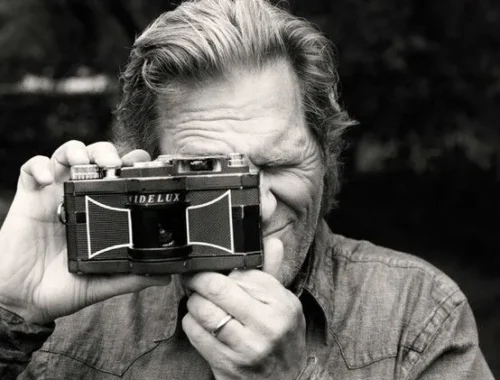
JEFF BRIDGES
7 Agosto 2023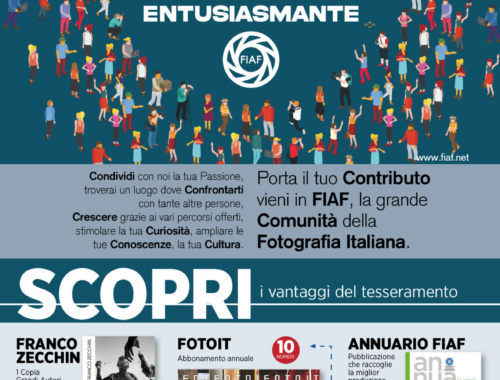
Partecipare a un concorso
30 Gennaio 2024